D-E-C has served the many Industries including scrap yards, animal feed production plants, heat treating, metal and plastic parts manufacturing, electroplating, food and beverage, agricultural equipment manufacturing, foundries, isocyanate/polyol foam manufacturers, printing operations, painting and paint stripping operations, engine manufacturing, warehouse and storage centers, many smaller metal and plastic part manufacturing industries, waste disposal and recycling facility sites, and others.


A large heat treater needed to expand their ammonia storage and usage at multiple facilities for increased business. Additional nitriding furnaces were also added to consume the ammonia in the heat-treating process. The construction of new ammonia storage tanks and piping involved compliance with DHS Chemical Facility Anti-Terrorism Standard (CFAT) as ammonia is a COI or Chemical of Interest, air permitting for increased ammonia, NOx, and CO emissions, and compliance with the OSHA 1910.111 Storage and Handling of Anhydrous Ammonia Standard in three states.
By installation of separate storage tank and piping systems, the facilities avoided regulation in the EPA RMP (Risk Management Plan) and the OSHA Standard for Process Safety Management of Highly Hazardous Chemicals. Only one state required an air permit for the ammonia tank. DHS determined the facilities were not of high risk under CFATS.
The projects were completed in the least invasive regulatory scheme available. These facilities voluntarily initiated their own safety and handling precautions in addition to what was required by OSHA.
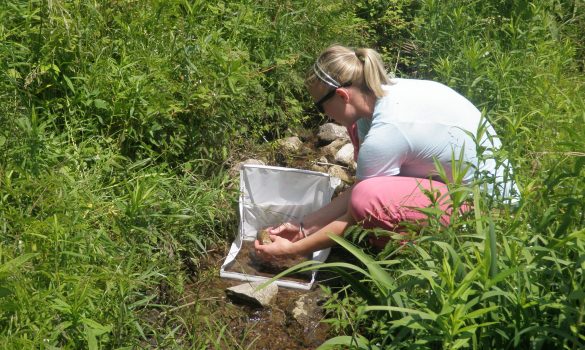
An industrial parts processing facility was paying $70,000 dollars per year (based on 2020 rates) to use city water as cooling water and then discharge it to the sanitary sewer. The facility was next to a large river that recharged local groundwater. It was determined that the construction of a well and discharging to surface waters was a compelling alternative. A groundwater usage permit was obtained from the state to convert to well water. The groundwater is returned to the same river basin where it is available for other uses. No chemicals are added.
An NPDES permit to discharge the groundwater to surface waters was required to eliminate sanitary sewer fees. Because this was the only discharge to an ephemeral steam, the state required a “Bioassessment of the Discharge” A local university was contracted to do this work. They found that “a viable food chain exists” in the discharge. With respect to fish there is “insufficient flow to allow for colonization from downstream sources during normal flow conditions. Even during higher flow conditions after a heavy rain, it is doubtful that fish would move upstream because there is no well-defined channel for carrying the higher flows, and thus no well-defined channel for upstream migration”. These findings allowed the NPDES Permit to be issued.

A lead reclaimer and lead shot maker refurbished a facility to melt scrap lead and manufacture shot. Research and negotiation with the regulatory agency air permitting section demonstrated that the facility was not a secondary lead smelter and did not require compliance with New Source Performance Standards for secondary lead smelting. This lead reclaimer is a remelter of lead, as referenced in Secondary Lead Smelting Background Information Document for Proposed Standards Volume I NESHAP. Due to low emissions from the melting process, the lead reclaimer was able to operate with a written permit exemption document, rather than requiring an air construction permit with numerous reporting and record keeping provisions.

An artificial sweetener manufacturer needed to increase production. The organic and hydraulic loading on their existing wastewater treatment system would increase by 10% and 25% respectively. The increase had to be handled by their existing wastewater footprint. An investigation of past plant operations and determination of existing activated sludge system biokinetic factors demonstrated that the existing system would be able to handle the increased load with no additional equipment. This increased loading was permitted by the regulatory agency, and the facility has operated successfully under their permit limits.

D-E-C assisted a team of ISO 14001 auditors on a two-week pre-audit for ISO 14001 registration of a secondary aluminum smelter in Kentucky. The facility needed the ISO 14001 certification to qualify for a large expansion project. After completing the pre-audit and report, the facility thanked the team for their help. Afterwards ISO 14001 registration was procured.
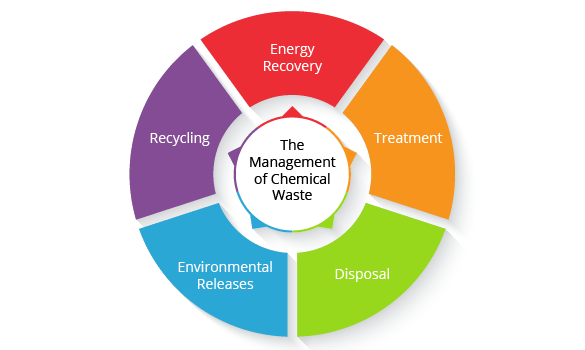
D-E-C was contracted to provide TRI (toxic Release Inventory) reporting for a corporation with multiple facilities in Iowa. After review of previous TRI submissions and supporting calculations, it was determined that the company had been doing unnecessary TRI reporting. To perform more accurate reporting, steel mill chemistry certifications for steel purchased, rather than the SDS’s were used. SDS’s for metals are often combined by manufacturers to cover all their products providing an unrealistic range of concentrations to work with in TRI reporting. When completed, the number of reports that were submitted to EPA was reduced from 20 to 7 compared to the previous reporting year. D-E-C believes in complying with environmental regulations, and that compliance reporting should normally be limited to what is required by the regulatory agencies, unless there are extenuating circumstances.

A nonmetallic mineral processing plant in Iowa was not meeting their process emission requirement of lbs./hr. of PM10. D-E-C was contracted to determine why this was the case, and to develop a compliance plan for the agency. Air duct flow rates were measured in all accessible ducts to establish whether adequate flow rates were being drawn for elimination of fugitive emissions and to determine actual dust collector loadings. Duct flow rates were adjusted accordingly. After completion of the compliance plan, a new cage mill was added to the process and the baghouse permit modified to actual operating conditions. New particulate emission standards were achieved with the updated process operation.
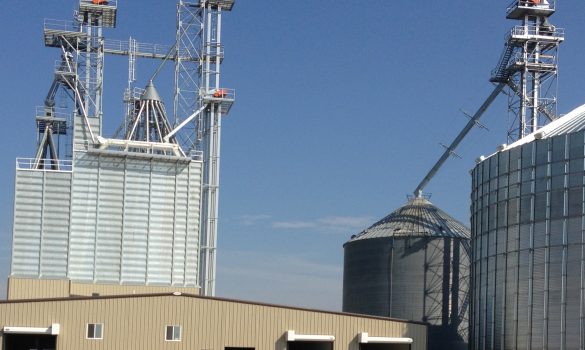
A company purchased an animal feed mill that had been out of operation for some time. They wished to expand the plant to have two processing sides for making feed. This required the installation of new boilers, feed mills, pelletizers, and other equipment. Three air permits and numerous exemption documents were required prior to plant startup. An oil Spill Countermeasure and Control Plan (SPCC) was prepared for the facility and a Storm Water Pollution Prevention Plan (SWPPP) to comply with General Permit No. 1 for water discharges associated with industrial activity. The agency required a stack test, which the plant easily passed. The facility started up on time.

A legacy landfill for a foundry that had closed in 1993 cost a great deal of money for upkeep of slopes, mowing, and groundwater monitoring. D-E-C worked closely with hydrogeologists to develop a plan to get the landfill through post closure care and to have post closure care requirements removed by the state agency. This process took 6 years, but the Affidavit for Certification of Post Closure Care was approved. By thorough review of the groundwater monitoring data and careful agency negotiations, no expensive cleanup is required for the landfill. The land is now free to be used for other purposes.
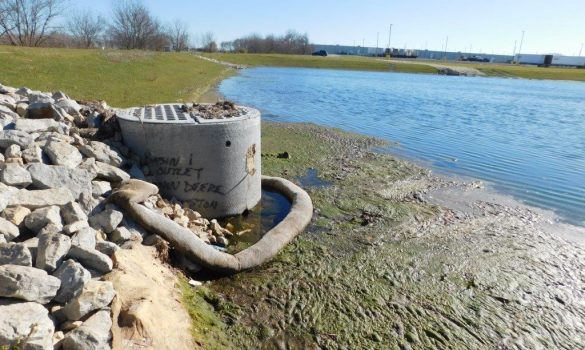
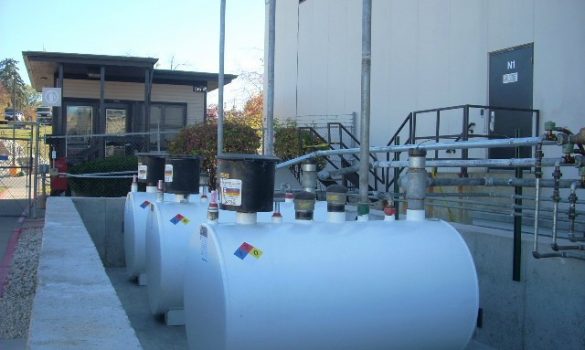
D-E-C has assisted a large manufacturer of lawn care equipment to stay in compliance with their storm water permits, Spill Control and Countermeasure Plans, and wastewater discharge permits for over 10 years. Regional EPA told the facility that their “SPCC Plan was well written.”


Underground tank removal from a hazardous waste storage pad and RCRA closure for a large equipment manufacturer was performed by D-E-C. The facility constructed a roof covered hazardous waste storage facility, so the old storage pad was removed. The pad had to been pressure washed and triple rinsed. Samples taken for hazardous chemical constituents showed no contamination remained. The collection tank in the pad area had to be cleaned out, triple rinsed and removed, as it received storm runoff from the pad.